-
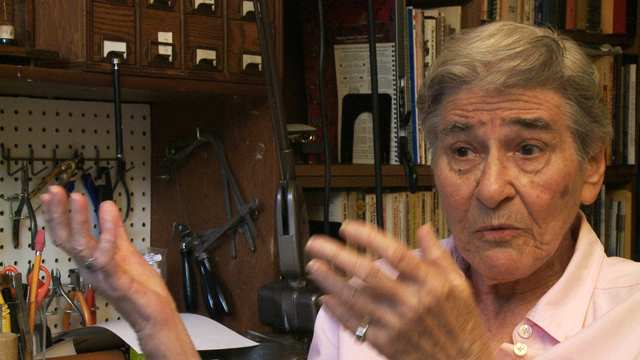
Jerre Kalbas
Before the war, Jerre worked piecework jobs, one making velvet "Roosevelt Roses" for FDR's re-election campaign.
-
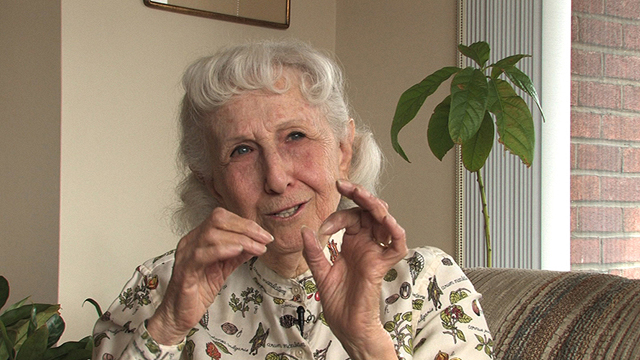
Esther Horne
The death of Esther's father left her once middle-class family destitute. She worked defense jobs during the war.
-
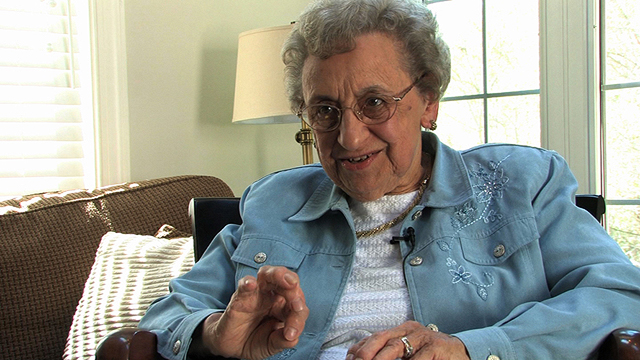
Violet Johnson
Violet Johnson moved from the farm to Baltimore to work as a drill press operator for the Martin Aircraft Company.
-
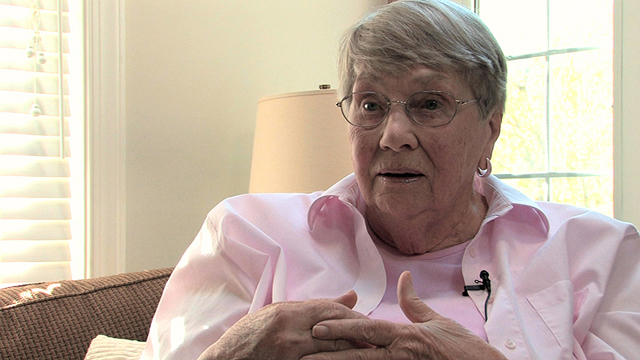
Idilia Johnston
Idilia rebelled against her strict father by getting a defense job for the Ohio Crankshaft Company.
-
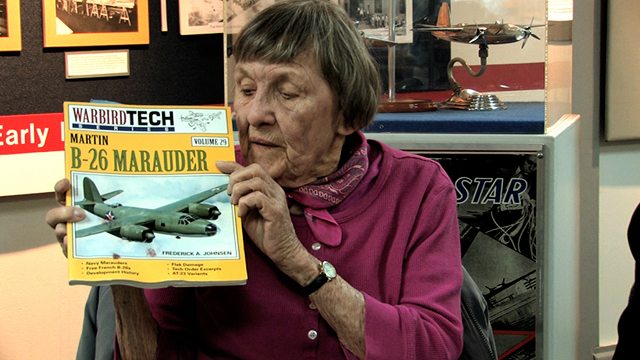
The Baltimore Rosies
From the Glen L. Martin Maryland Aviation Museum in Baltimore, fourteen women discuss their experiences working at two major aircraft companies.
-
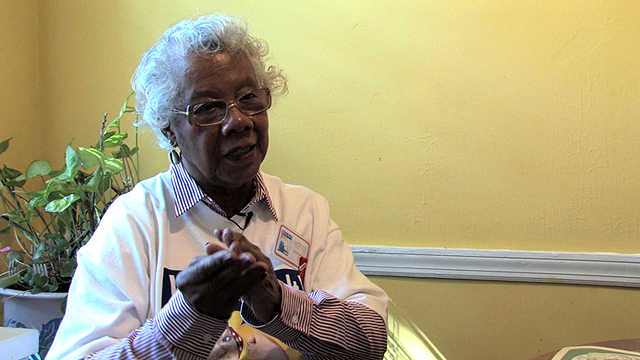
Susan Taylor King
Susan discusses racial segregation at Eastern Aircraft and her role in the struggle to desegregate the defense industries in Baltimore.
-

Bonnie Gifford
Bonnie Gifford moved to the city of Muskegon when she heard they were hiring women during the war.
-
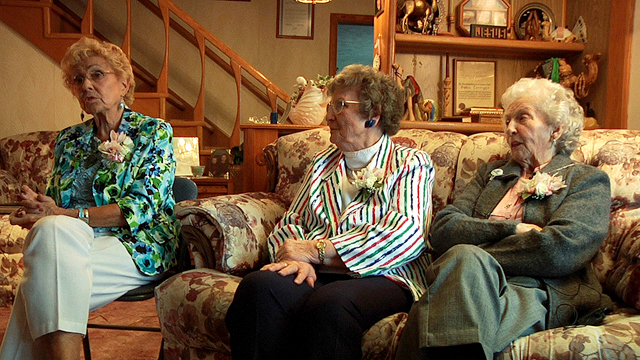
The Robey Girls
Marilyn Dawson, Doris Corrigan, and Marge Frederiksen talk about life and work on the home front in the small Midwestern town of Newaygo, Michigan.
-
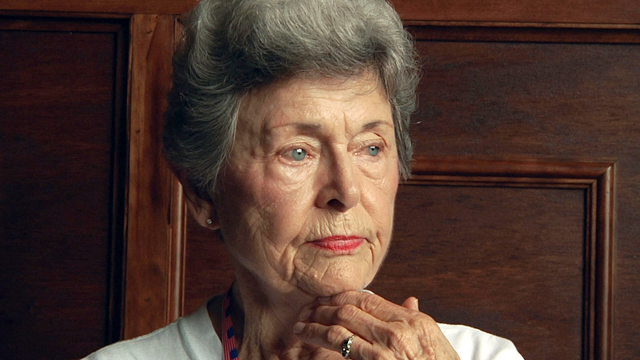
Lucretia Jane Tucker
Jane started working at age 14 at a 5 and 10-cent store. When war broke out, she moved to Savannah for a defense job.
-
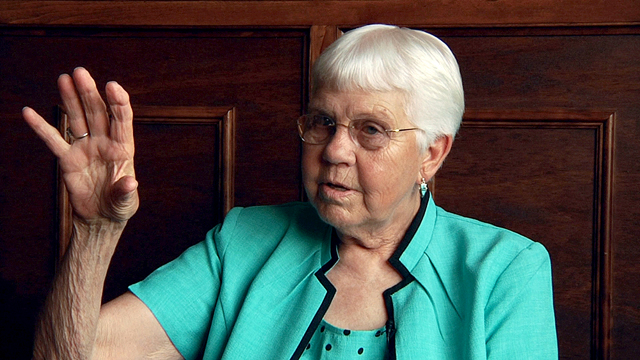
Signe Nakashima
Singe Nakashima worked at Lockheed Aircraft Corp. as a riveter during the war, in the same plant as her husband.
-
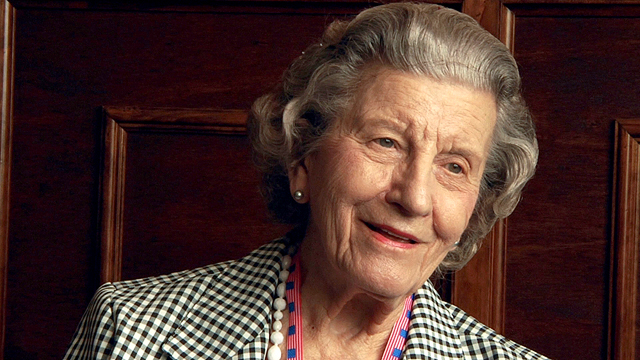
Mary Anne Kniska Diamond
Mary Anne moved to Akron, Ohio to work for Goodyear Aircraft, eventually becoming the supervisor of the "Goodyear Aircraft Women's Squadron."
-
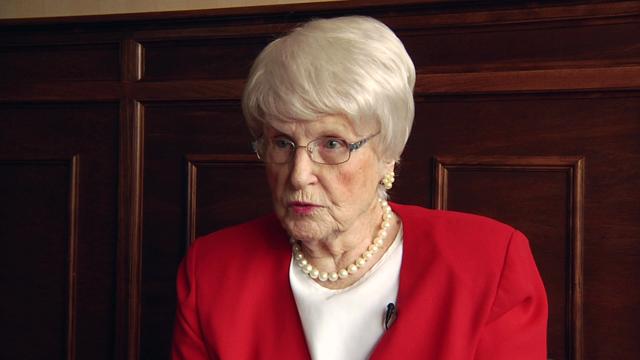
Mildred Crow Sargent
Mildred put herself through college and graduate school with her work as a riveter in Detroit.
-
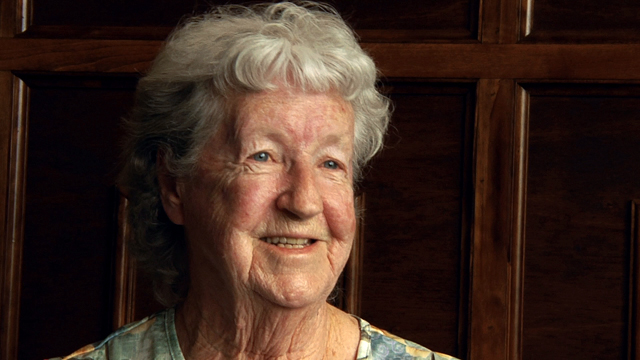
Evelyn Davidson
When the war broke out, Evelyn Davidson became an aircraft mechanic and a civilian employee of the Air Force.
-
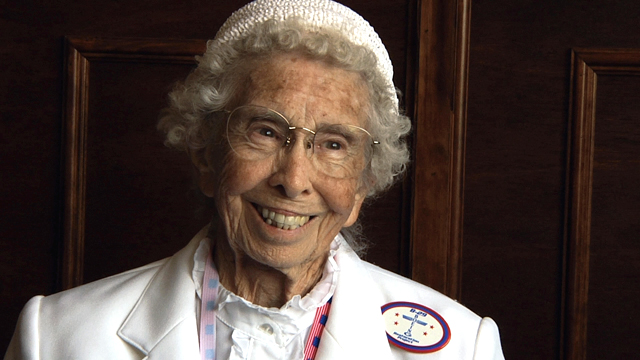
Dorice Dorine Hamilton
Dorice Dorine Hamilton was trained as a welder but found a job as a riveter for Boeing in Wichita, Kansas.
-
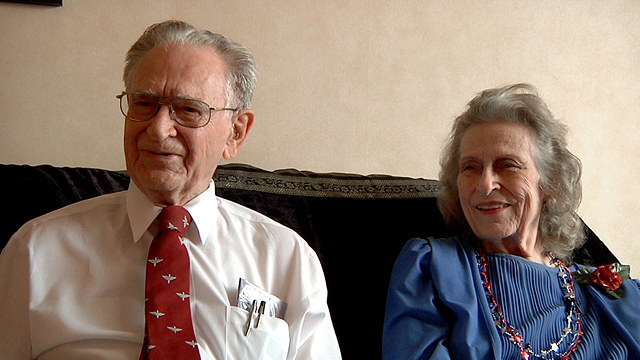
The Carters
Frances and John Carter discuss her defense work and his time as a paratrooper during the war.
-
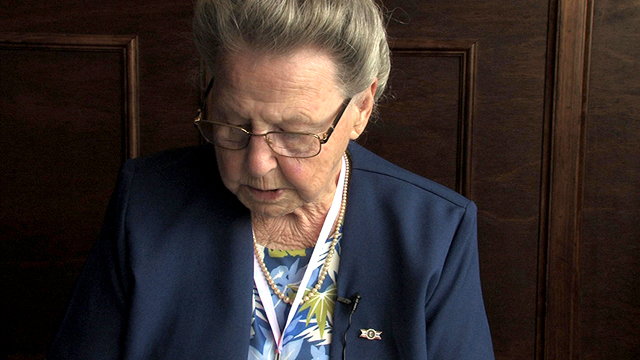
Mazie Mullins
Mazie started working at the age of six when she started helping her father pull out the weeds in the cornfields.
-
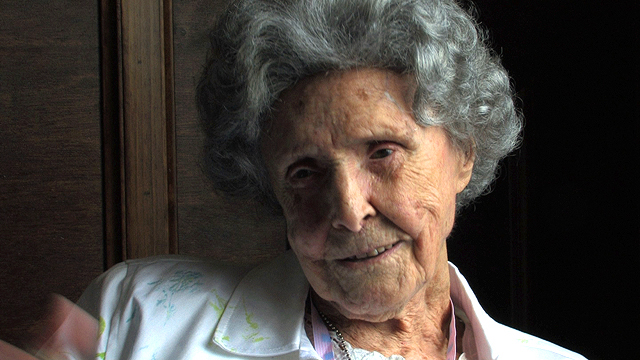
Idamae Mason
Idamae Mason worked for Consolidated Vultee Aircraft in New Orleans, Louisiana during World War II.
-
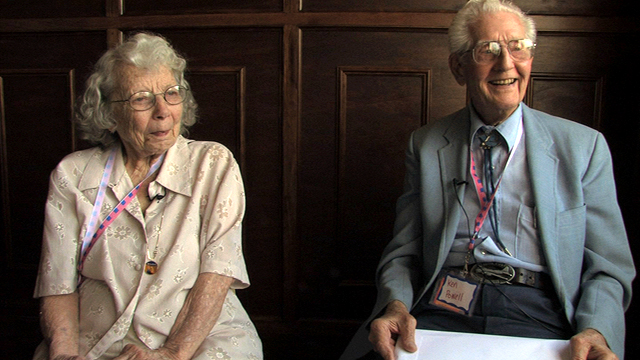
The Powells
Kathleen and Ken Powell talk about the enormous contributions made by women during the war.
-
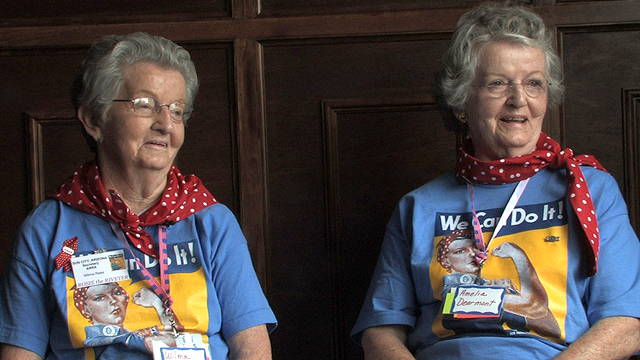
The Mathauser Twins
Wilma and Amelia Mathauser are twins but don’t ask them who was born first, because they don’t know.
-
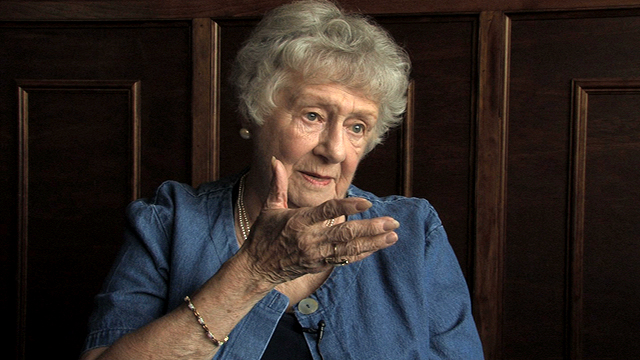
Arkie Huffman
Arkie Huffman was small enough to crawl into the fuselage and buck rivets while she worked at Boeing.
-
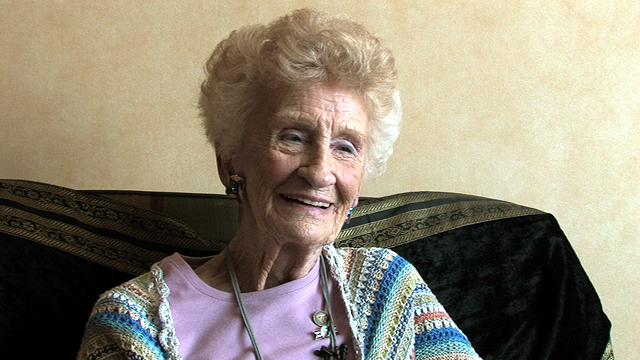
Shirley Clark
Shirley Clark had to quit school to work when her father severely injured his arm. During the war, she was unknowingly part of the team that built the Atomic Bomb.
-
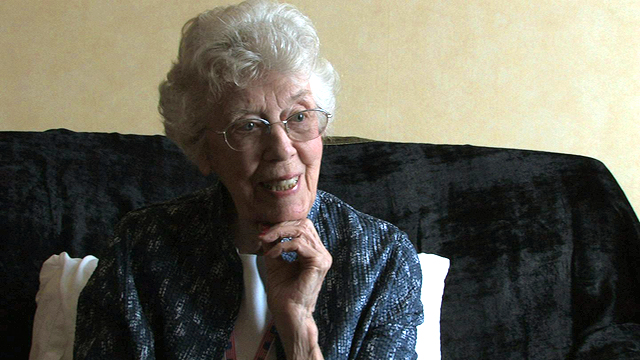
Edith Lyons
During the war, Edith Lyons worked in several places, following her husband around to different army bases.
-
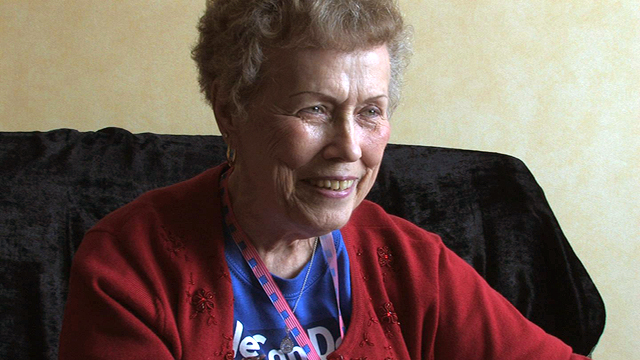
Frances Ellis
Frances Ellis started out as a bucker in Seattle for Boeing Aircraft but when her partner, a riveter, got pregnant, they had Ellis start riveting.
-
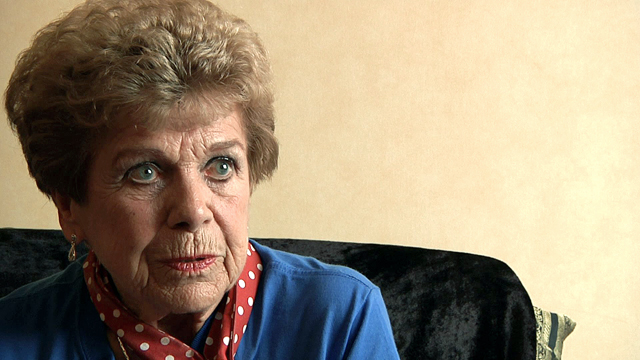
Arlene Crary
When her husband was drafted, Arlene Crary found a babysitter and got a job at Boeing Aircraft.
-
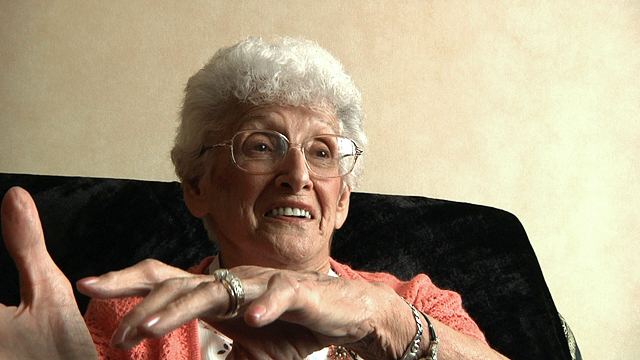
Catherine Gaultier
Catherine Gaultier first worked for Sears for $7 a week, but as a Rosie in Cleveland for Fisher Body she made just over $2 an hour.
-
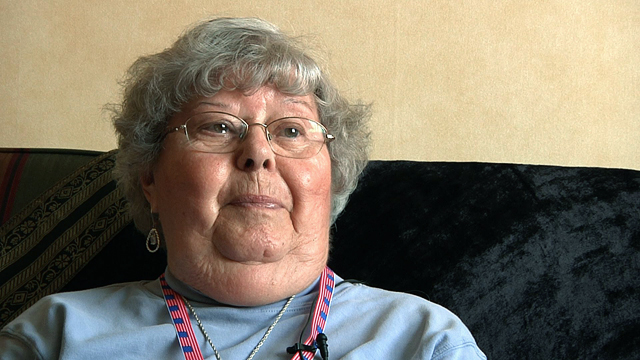
Eileen Tench
During World War II, Eileen Tench worked at the Goodyear Plant building PBM Navy airplanes.
-
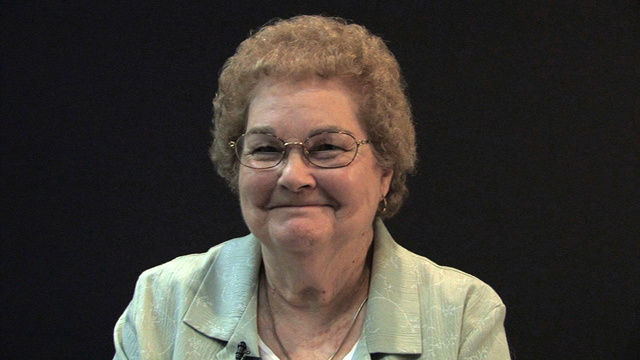
Mabel Myrick
Maybel Myrick worked as a secretary in the War Department of the Pentagon until the war ended.
-
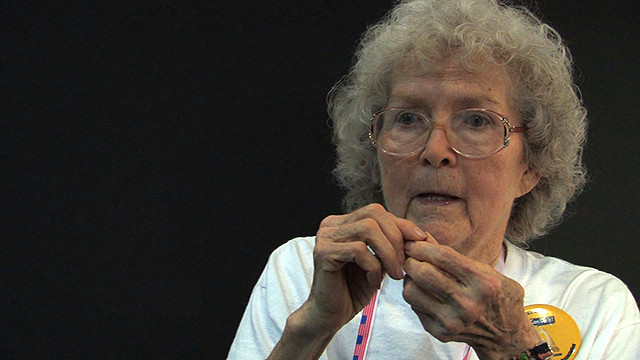
Nell Young
During World War II, Nell Young worked in the Wayne Wright Shipyard in Panama City, Florida.
-
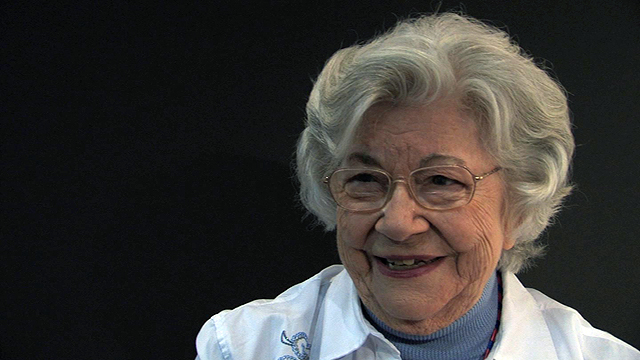
Winona Gillespie
Winona Gillespe worked in a shirt factory before she moved to Michigan and found a job helping build bomber planes.
-
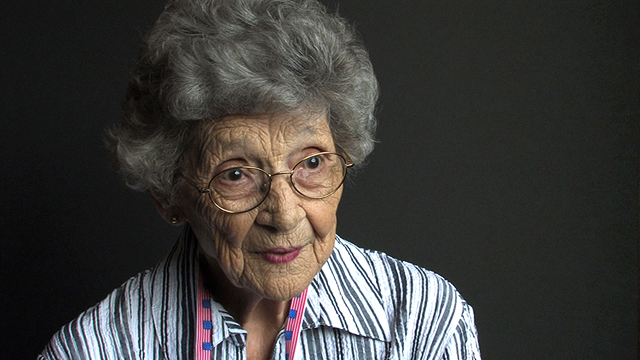
Thelma Edgar
Thelma Edgar took the job of the male coach at the local high school when war broke out.
-
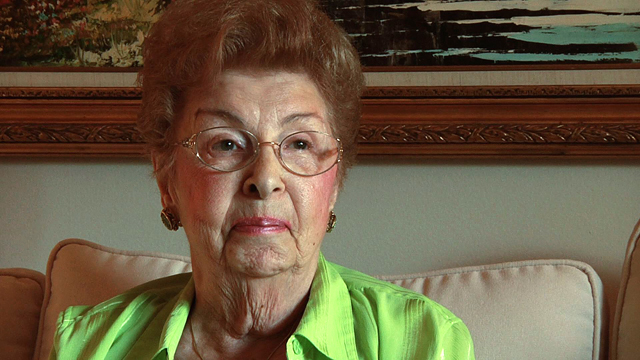
Marion Yagoda
Marion Yagoda went to work at age 16 because her father didn't think women needed a high school diploma.
-
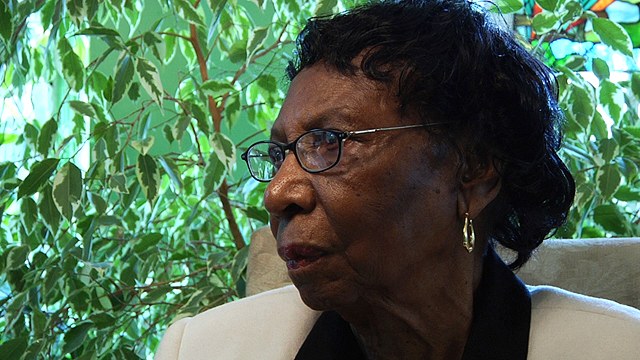
Angeline Featherstone Fleming
Raised in a two-room house with a dirt floor, Angeline picked cotton before receiving her teaching certificate.
-
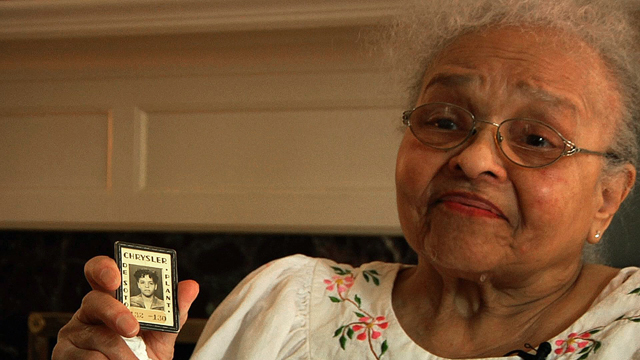
Eva Chenevert
During the war, Eva Chenevert worked as a riveter for Desoto Chrysler.
